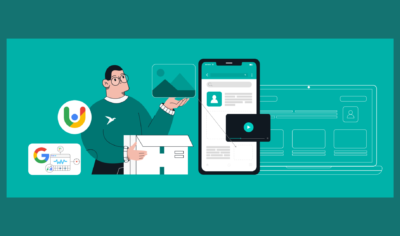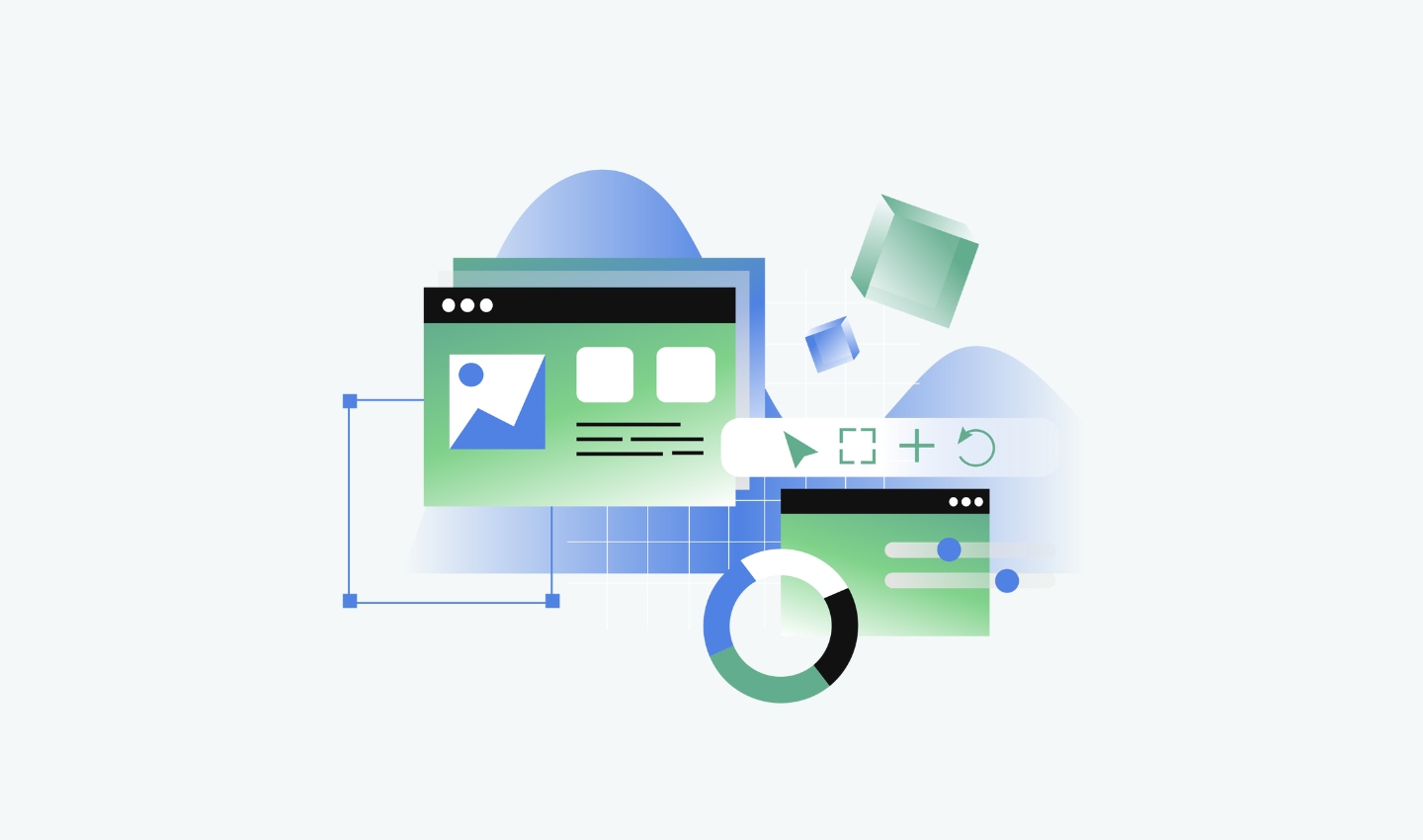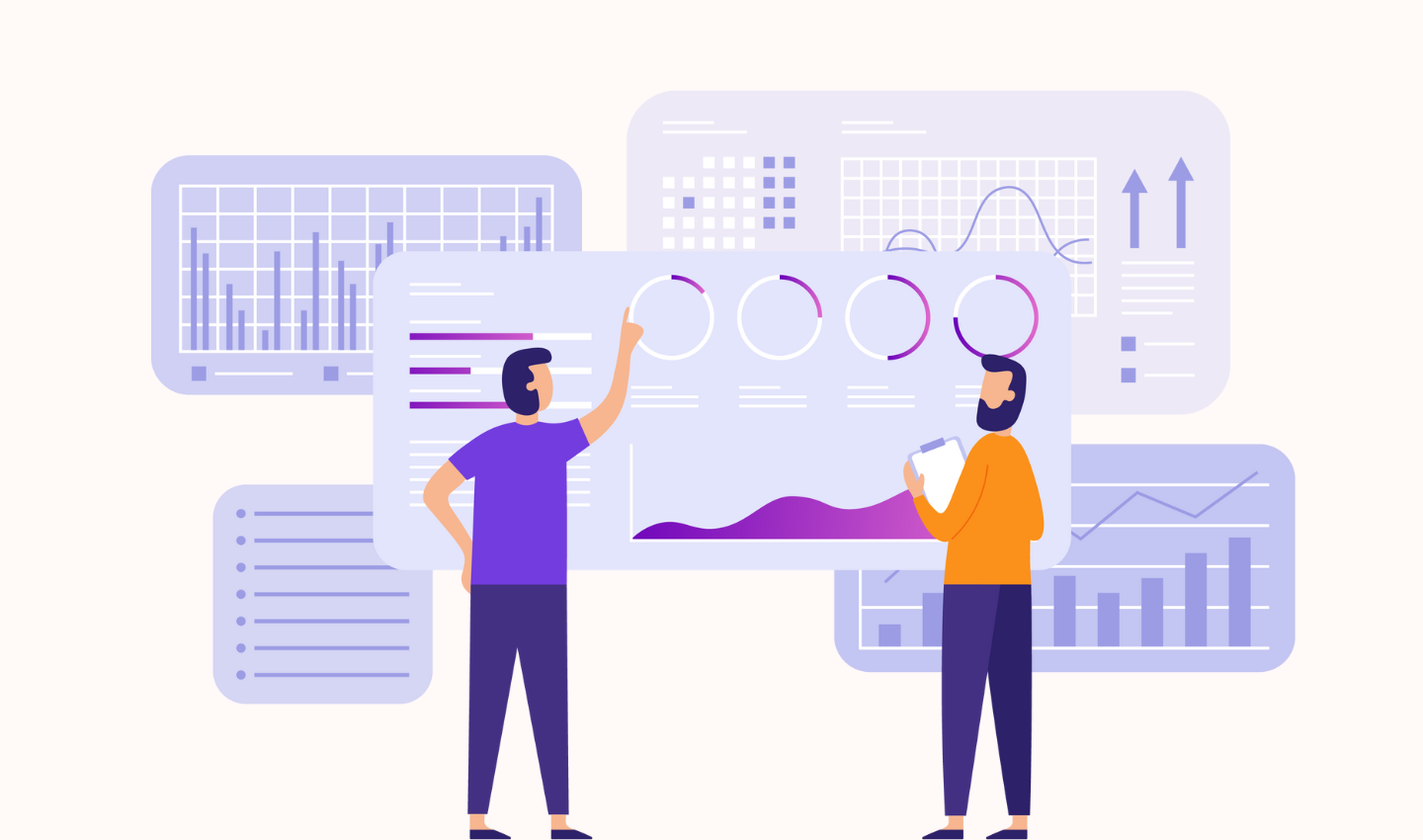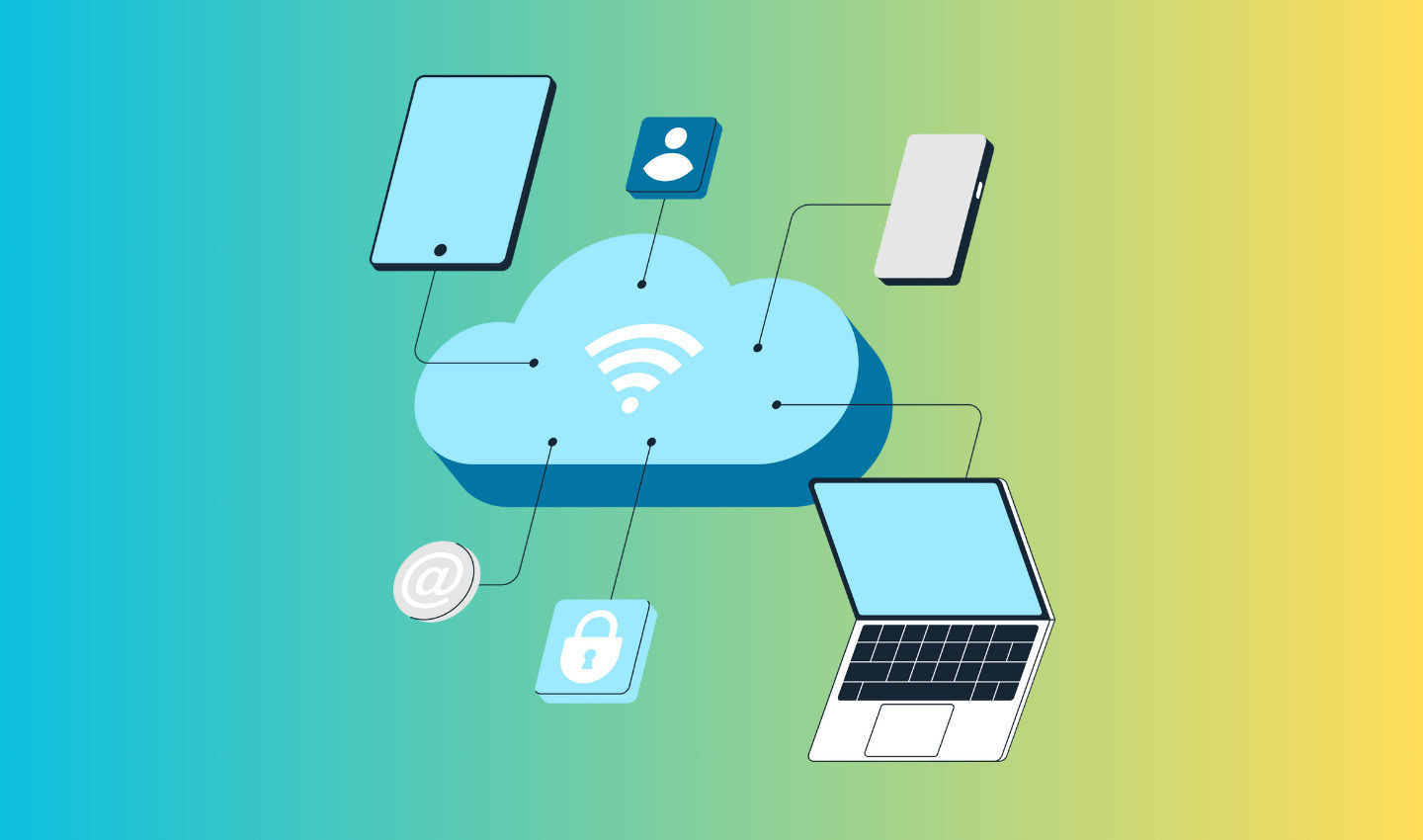
Prototyping: A Startup Founder’s Secret to Success
We’ve had so many grass-root startups come up to us with an extraordinary product idea but don’t know where to start. The product in their head works seamlessly- the problem is bringing it to life. Where do you start? Just draw the screens? Hire a freelancer? Get a technical founder onboard? Build a whole product team? Hire a product agency? No-code tools?
So. Many. Options.
Then there’s the actual execution. Which version is tested? When are we ready for the market? How to get an investment off the back of the product?
Every startup goes through the same journey, just different routes. They all want to get a product to the market with minimal time, cost and risk.
That’s when prototyping comes in. Prototyping is the process of bringing the first version of your dream product to life. So let’s explore prototyping and how it can help you.
Table of Contents
Prototyping
Prototypes are a startup’s best bet of ensuring that their product is set up for market success. Ideally, you want to build a rough first draft of your product idea. Then, you create a prototype to test your hypothesis and gain validation. To describe it further, it’s a series of interactive screens that roughly showcase your idea.
This may sound very similar to an MVP or Minimum Viable Product, but a prototype and an MVP are different stages in the product development process.
⚡️Prototype is step 1 in the product development process, MVP is step 2.
A prototype is created to validate your idea- like a reality check. Does it all just sound good in your head, or is this is legitimately a business?
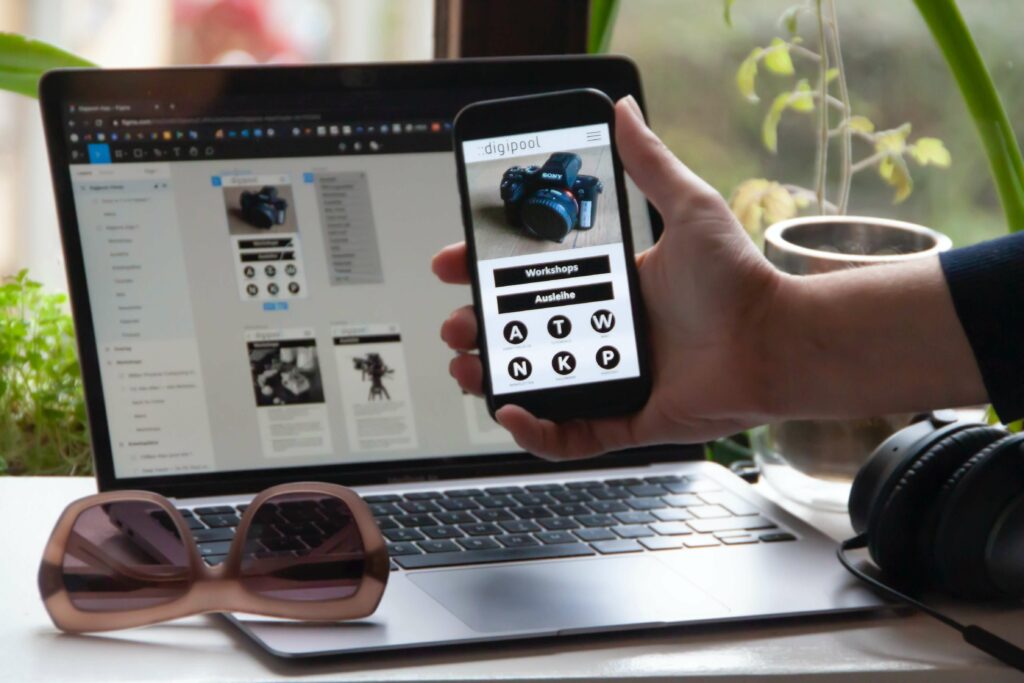
It also enables you to share a tangible version of your idea with stakeholders such as potential users and potential investors. As a result, they will trust you better—especially potential users who will give you feedback to lay the groundwork for your product.
A good idea may be to start with a product/design agency that consists of product designers that have experience with different industries and can quickly whip up something in a 1-2 weeks sprint. Alternatively, you can start the prototyping process by yourself and/or a team with the help of some easy, no-code tools.
Suppose you’re looking to build an app prototype type, the Raw.Studio team suggests Figma, a no-code design tool that you can use to create a clickable prototype.
If you’re looking to build a web prototype, the Raw.Studio team recommends Webflow, another easy-to-use, no-code tool that helps in building and editing a high-quality website.
Prototyping Glossary:
Alpha Version
The first version of your prototype. It can just be sketches and/or wireframes with illustrations.
Beta Version
A refined version of the Alpha with interactive & clickable features. This version is usually tested with potential users, popularly known as Beta User Testing. At this stage, you get feedback on the product idea, not the product itself.
Rapid Prototyping
A recent, popular version of prototypes ideal for early-stage startups. It includes an Agile approach to prototyping, ideally in a few weeks’ sprints. As the name suggests, this form is the quickest option to validate your idea at the lowest risk & investment.
High/Low Fidelity
The level of interactivity with the prototype. Fidelity keeps on increasing with each new version.
Types of prototyping
Sketching

Although prototyping sounds very technical, it is essentially the process of materialising your idea. This includes drawing it out on the back of a napkin at a lunch meeting or white-boarding it, drawing different screens that explain the product’s user flow. This helps make your idea real and is essentially the first step of your product development process. The entire point of prototyping is to not think about a ‘polished’ product.
In fact, it is crucial to conduct a feasibility and viability test for your idea. Many startups tend to fail since they focus on the actual product rather than investing time in conducting user & market research to ensure the idea does address a problem to a broader audience. Many startup founders can also be biased, i.e., they cannot differentiate between themselves and the intended target audience. Prototyping and user interviews can help solve that issue without a Herculean investment.
Rapid
Rapid or throwaway prototyping is 2the quickest way to visualise what the product might look like. It’s like a first draft model of your actual product and is whipped up in 1-2 week sprints based on feedback and ideas. This prototype helps quickly materialise your concept without any frills- it focuses on the core product and aids with a quicker turnaround time for your go-to-market strategy when time is of the essence.
It may be ideal for rapid prototyping to collaborate with a UI/UX agency that can provide experts in the field that hit the ground running rather than building out a product team. It helps save on time as well as cost. Moreover, rapid prototyping is also crucial for idea validation without heavy investment.
Horizontal
Horizontal prototyping focuses on the user side of your product, i.e., what will the product look like to the user, including functionality. This prototype focuses on screens, user flows, buttons, prompts and more- essentially the ‘front-end’ of your product. A vital component of this prototype is- you guessed it- the user. It focuses on user research and user interviews, gaining insights and feedback, which ultimately helps you build better iterations of the product. A design agency can help with the entire process, from user research to the actual design to the user interviews.
Vertical
Vertical prototyping is the flip-side of horizontal prototyping, i.e., the backend of your product. It focuses on the data management and information architecture of the product. It may not be fully fleshed out in the prototyping stage, but it helps test some core functions and create a semi-working product when integrated with the vertical prototype.
Conclusion
To all startup founders, prototyping can be an easy step to miss, especially with the urgency around being first in the market. It may seem tempting to dive directly into building an MVP- more so when you are answerable to investors or when you have a direct competitor. But we want to stress the importance of investing time to build a prototype.
Moreover, for startups looking to get investors on board without a product, it is definitely helpful to have a working prototype in your pitch- it helps your chances of getting investment if the audience can get a feel of your product.
If you’re unsure where to start, reach out to the Raw.Studio team. We’re here to help.
Take your company to the next level and get results with our world class user experience, interface design and implementation.
Get a FREE 30 min Strategy Session

Related posts
Beyond Pointing and Clicking: Exploring the Future of User Interfaces
We’ve come a long way from the days of cryptic commands typed into blinking cursors. User interfaces (UIs), the bridges […]
Top 5 UX Design Agencies for Fintech in Australia
The fintech industry in Australia is experiencing remarkable growth, driven by technological advancements and a robust financial services sector. To […]
Top 5 UX Design Agencies for SaaS in Australia
In the competitive world of Software as a Service (SaaS), user experience (UX) can make or break a product. Effective […]
Creative product design that gets results
Take your company to the next level with world class user experience and interface design.
get a free strategy session
